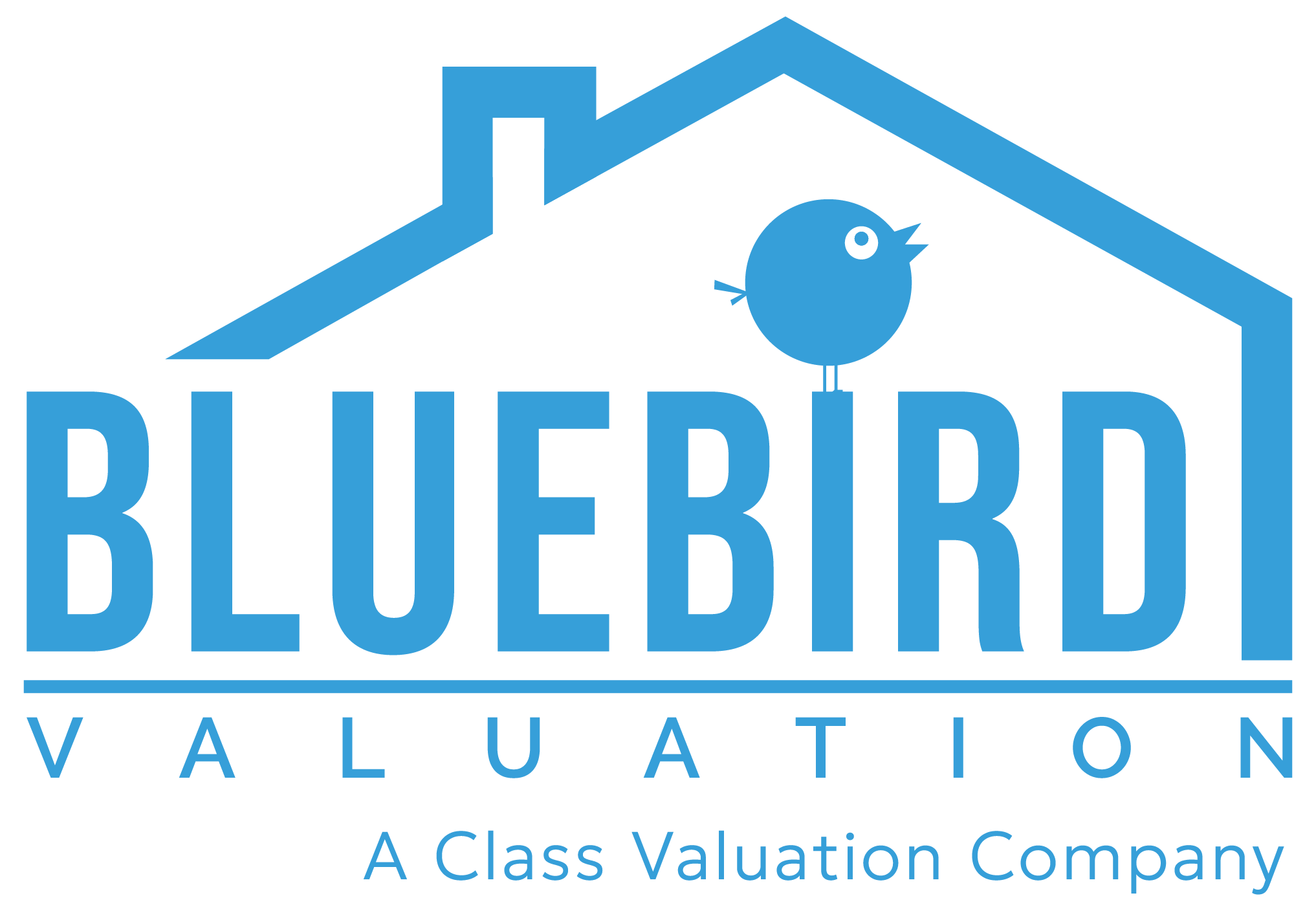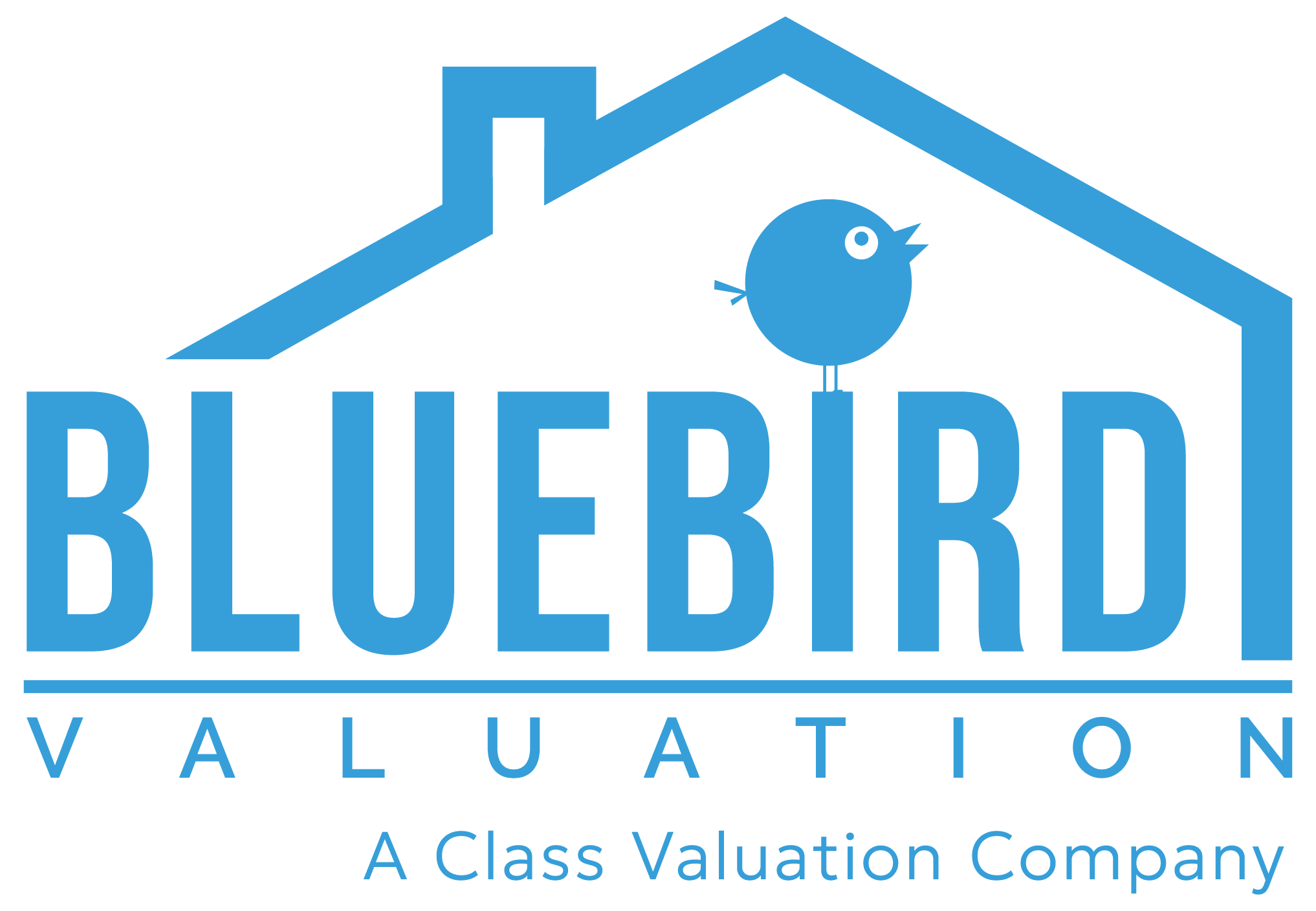Nationwide Commercial Appraisal Management
Bluebird Valuation provides commercial appraisal management services throughout the United States.
THROUGHOUT THE UNITED STATES
- Resorts
- Hotels
- Marinas and Yacht Clubs
- Golf Courses and Country Clubs
- Multi-family
- Office
- Retail Shopping Centers
- Land & Infrastructure
- Industrial Real Estate
- Entertainment
- Mining Operations
- Special Purpose
- Senior Housing
- Insurance Replacement Cost Analysis
INCOME CAPITALIZATION APPROACH (OR INCOME APPROACH)
As the name implies, the income approach focuses on the amount of income a property will generate for the new owner. This method applies to income-producing properties like office buildings, retail properties, and multifamily housing properties. The income approach works best for properties that have predictable expenses. With this valuation method, an investor looks at the property’s income compared to the property’s expected rate of return. Below are two common ways to determine a commercial property’s projected income.Direct Capitalization
One way for a real estate appraiser to assess a property’s income is through the Direct Capitalization method. In this method, an appraiser estimates the property’s potential yearly gross income while keeping losses and expenses in mind. By determining the annual NOI (net operating income), the appraiser can then estimate a purchase price that an investor might pay based on the potential for future income.We calculate NOI with this formula:
NOI = Gross Income – Operating Expenses
The appraiser then estimates the capitalization rate (cap rate) and applies it to the NOI for valuation.Capitalization Rate = Net Operating Income (NOI) / Current Market Value
For example, let’s assume you purchase an investment property for $1M (Current Market Value) which creates $100,000 of annual NOI, then:$100,000 / $1,000,000 = 0.10 (10%)
So, the Cap Rate would be 10%. Stated slightly differently, you would pay one-tenth of the investment property value’s total cost with the annual NOI.Gross Income Multipliers (GIM)
Another way that a real estate appraisal calculates a commercial property’s value is with Gross Income Multipliers (GIM). This method works well when appraising properties that might not produce much income, but could still be rented, such as residential investment properties. In essence, gross income is the total income a property generates before deducting operating expenses. Simply stated, GIM shows how the sale price relates to expected income. Below is a simple formula to calculate GIM:Sales Price ÷ Rental Income = GIM
For example, if you purchase a $500,000 property that generates $70,000 in rental income, your GIM is 7.14.$500,000 ÷ $70,000 = 7.14
GIM can also be alternatively expressed as:Gross Income x GIM = Estimated Market Value
COST APPROACH
In the event that the above valuation methods don’t apply to a property, the cost approach is useful. Some properties, such as government buildings, church buildings, schools, or even hospitals, aren’t necessarily income-producing properties. Typically, they sell less often than office buildings, retail, or multifamily housing properties. As a result, it is more difficult to value them with either the sales comparison approach or the income approach. With the cost approach method, the value is based on the cost to completely replace a property. The estimated replacement cost considers land, materials, labor, and other factors when determining a property’s value. A cost-based real estate appraisal might use one of several methods to estimate cost:- Square-foot method – Multiplies the cost per square feet of a comparable, recently built property by the appraised building’s square footage
- Unit-in-place method – Estimates construction cost for individual building components; includes labor and materials
- Quantity-survey method – Estimates raw materials required to totally replace a property, the cost of these materials, and the cost to install them
Adding Value to a Property
There are several ways to increase a commercial real estate property’s value. Technology updates or additions are an excellent example. Updating a property’s technology or capacity for technology makes it more desirable for tenants, increases the earning potential, and therefore increases the overall property value. Renovations and updates are another way to increase the property’s value. Outdated spaces, appliances, and amenities tend to devalue a property. However, even a few updates could increase the property’s value.Our clients have come to expect the highest quality standards combined with a level of service. Our professionally trained staff will take your appraisal requirements very seriously, and have the skills and dedication to manage your appraisal needs with the utmost efficiency.
We are dedicated to providing our clients with outstanding service, quality, and competitive fees. We also understand that every property is unique and we welcome any challenges. We can provide services well beyond this extensive list of property types and appraisal related services. Bluebird Valuation specializes in locating real commercial appraisers to get your commercial property appraisal.


